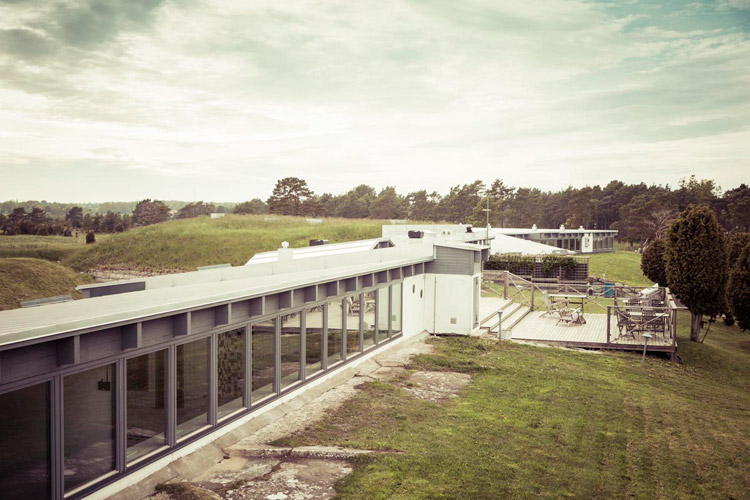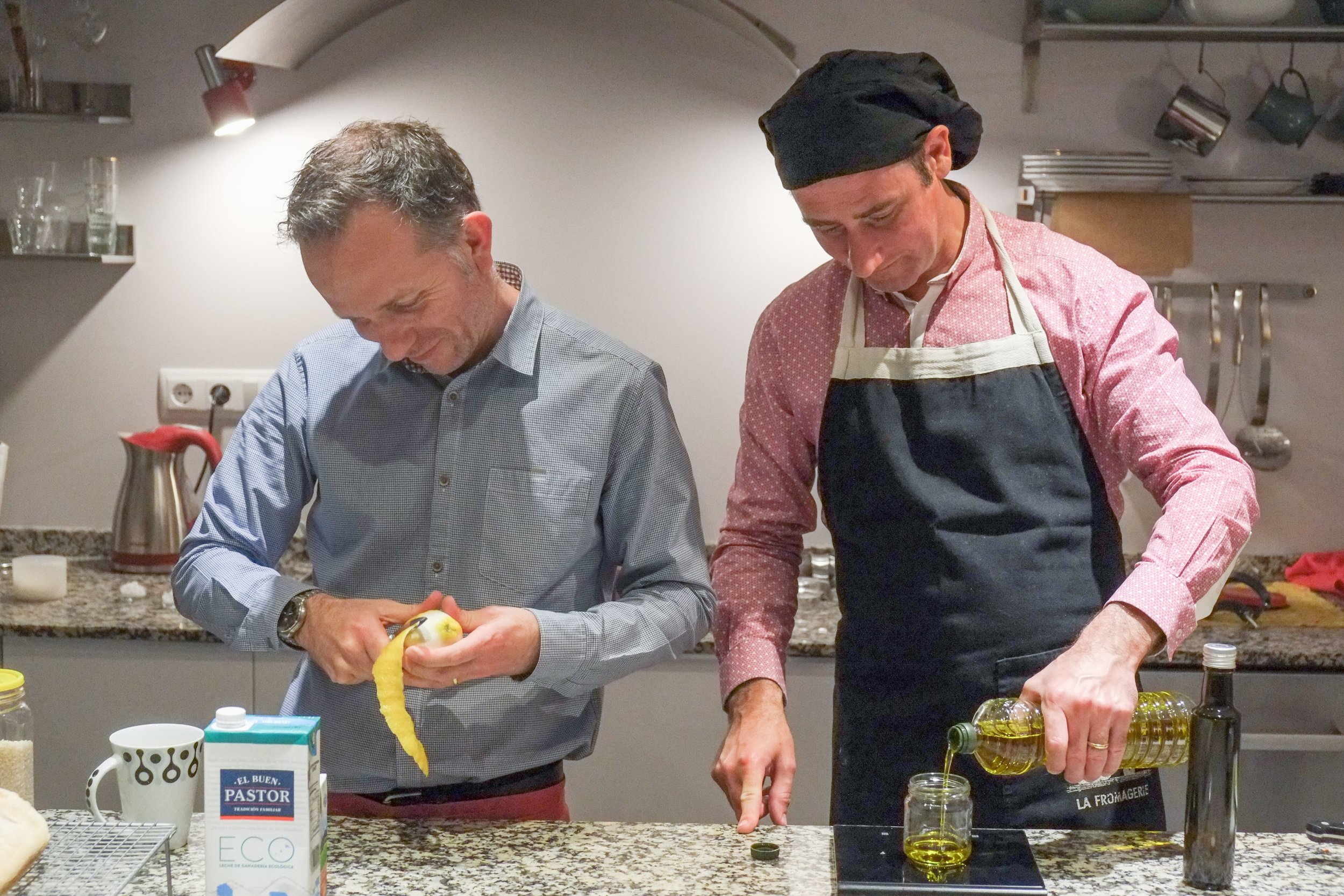We work with projects financed by

We have worked with several project to promote and develop sustainable lifestyle entrepreneurship and sustainable destination development. The latest project is called “Whats Next?” and really capture the essence of what we believe is the future of sustainable lifestyle entrepreneurship. To get inspiration from others who is in a similar situation, regardless of if it is a crisis such as Covid or other hurdles for taking the next step in your life, is essential. So, we created Hostlife as a platform for inspiring stories. However, lifestyle entrepreneurship is not only about business, it is about creating the life you want, wherever you want and live to your full potential. Whats Next is a process about finding your values and drives and expanding your thinking of the future to go beyond day to day operation. We have created a process that in one single day will help lifestyle entrepreneurs to create a vision of the future, define hurdles that stands in the way, potential solutions for those hurdles and clear and concrete steps to take, already today, to start the journey towards your vision.
The workshop process
A workshop process was created in order to guide lifestyle entrepreneurship through a process of grounding, ideation, and actions to take. The workshop process was built upon ideas of back casting and design thinking. In back casting, a desirable future is created in order to have a vision to work towards to with actionable steps in the now[1]. Design thinking is an iterative process for creativity and innovation, in order to develop products or services and tackle complex problems[2]. The process in this project took a more personal approach, since lifestyle entrepreneurs often work with their passion, and their entrepreneurship is a way of life.
The workshop process looked as follows:
Figure 1. Workshop process
1. Grounding in Values
In order to base the activities in the personal, we first let participants think about their values by stating 2-3 characteristics of a person they admire (but they do not have a personal relationship with). A second exercise was to make them think about their day mindfully and find what made them feel alive, what gave them energy, to think of things or activities they would like to see more of in their lives. These things or activities were framed as seeds; that what needs to be nourished in order to grow bigger.
2. The Future Wheel
This tool helps to think about a possible future and its consequences, by formulating a ´seed´ as if it is mature and common practice and writing down the primary and secondary consequences. This can be done for multiple seeds at the same time. The combination of the future wheels allows to see synergies and paradoxes/conflicts, and in that way helps to create an idea of what a possible desirable future could look like.
In the project´s workshop process, the seeds that were discovered through the grounding exercise were used. This personal approach was taken, because lifestyle entrepreneurship is in the essence an entrepreneurship to obtain a certain lifestyle, and to earn money through this lifestyle (selling the lifestyle as experience). For many people lifestyle entrepreneurship is an activity with a very personal impact, because the personal life and the business life are very interwoven.
The seeds were translated to future statements, by making the participants think what the seed stands for. For example, the seed ´walking the dog in nature´ can stand for having space to think and be without stress or to take more time for oneself. The future wheel was used to think of the negative and positive primary and secondary consequences this could have, for example having more space for creative thinking, having more energy to do other activities etc.
3. Playing with the problem
Design thinking helped in this process, as it offered the framework of working with a problem statement and to ideate to find solutions to this stated problem. The participants were asked to approach their problem statement through various perspectives. A variety of activities were used to do this, for example the 5 why´s and turning the statement around. This allowed the participants to go deeper into their ´problem´. Playing with the problem like this allows to eventually ask the right question and start developing ideas and solutions that tackle the root problem.
4. Actions to take
For this last step in the process, the Mash Up exercise was used. The problem statements that were reformulated in the former step, formed the base of the Mash Up activity. The idea is to mash up/combine two seemingly unrelated categories in order to come up with creative ideas that possibly tackle the stated problem. These ideas can translate into actions and first steps to take in order to move towards the desirable future.
References
Källström, L. & Siljeklint, P. (2021). “My green heart”: an inclusive place branding process facilitated by Design Thinking. Place Branding and Public Diplomacy, 17, pp. 278-291.
Lub, X.D., Rijnders, R., Caceres, L.N. & Bosman, J. (2016). The future of hotels: The Lifestyle Hub. A design-thinking approach for developing future hospitality concepts. Journal of Vacaction Marketing, 22, pp. 197-292.
Vergragt, P.J. & Quist, J. (2011). Backcasting for sustainability: Introduction to the special issue. Technological Forecasting & Social Change, 78, pp. 747-755.






